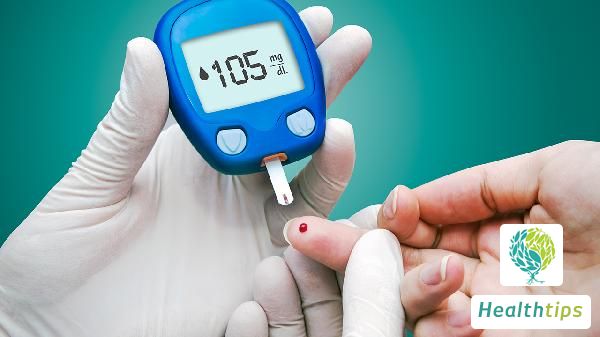How Should Fistula-in-Ano Be Diagnosed?
The symptoms of anal fistula mainly manifest as itching, pain, difficult bowel movements, pus discharge, and in severe cases, systemic symptoms throughout the body. The disease can be diagnosed based on these symptoms.

1. Systemic Symptoms: Generally, anal fistulas do not exhibit systemic symptoms. However, in complex anal fistulas and tuberculous anal fistulas, due to the long duration of the disease, some patients may experience long-term symptoms such as weight loss, anemia, constipation, and difficult bowel movements. When secondary infections or recurrent abscesses occur, symptoms of abscesses will appear.
2. Itching: Due to the constant stimulation of secretions on the skin around the anus, patients may feel dampness and itching, leading to skin discoloration and epidermal shedding.
3. Pain: If the fistula drainage is unobstructed, there is generally no pain, and only a sense of discomfort or swelling may be felt at the external opening, which intensifies during walking.
4. Difficult Bowel Movements: This is commonly seen in horseshoe-shaped anal fistulas. Since the fistula surrounds the anal canal, forming a semi-circular fibrous ring, it affects anal dilation, resulting in difficult bowel movements.
5. Pus Discharge: This depends on the length and size of the fistula. Newly formed anal fistulas produce abundant, thick, foul-smelling, yellow pus, which gradually decreases over time, becoming intermittent, white, and watery. In cases of internal fistulas, feces and gas may sometimes discharge from the external opening. Patients with this condition should actively cooperate with their doctors for recovery and also pay attention to their daily diet, avoiding spicy foods.



















